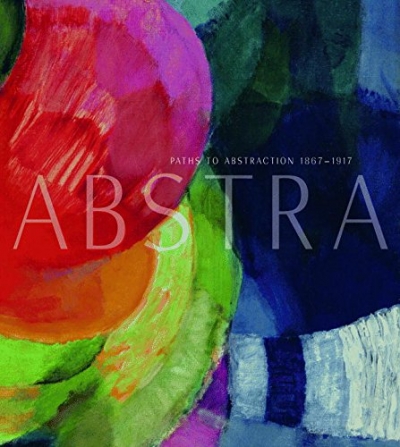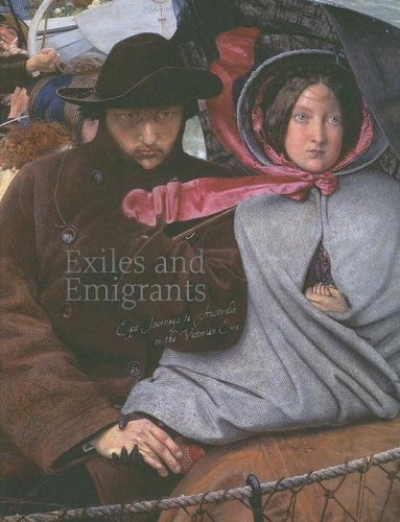Daniel Thomas
Bea Maddock: Catalogue Raisonné Volume I 1951–1983 edited by Daniel Thomas
David Walsh is a tease; he enjoys wordplay. The founder and owner of the Museum of Old and New Art (he prefers Mona, not MONA) concedes that his private playground is entirely a matter of self-gratification, like ‘the sin of Onan’. Hence the cheeky titles ‘Monanism’ for his inaugural exhibition of some 460 works, and Monanisms for the beautifully pr ...
DIAMETRIC OPPOSITES
Dear Editor,
I concur with Daniel Thomas’s high opinion of the collection of Eva and Marc Besen and of their TarraWarra Museum, and share his admiration of the essays by Christopher Heathcote and Sarah Thomas in his review of Encounters with Australian Modern Art (February 2009).
...Encounters with Australian Modern Art by Christopher Heathcote, Patrick McCaughey and Sarah Thomas
Calling for a revolution in higher education
Dear Editor,
In his victory speech on 24 November 2007, Kevin Rudd reaffirmed education as a key priority for the future of this country. We believe that a true education revolution must include a new wave of higher education reform - reform that will redress the imbalances that have characterised the sector of the last decade or more. Such reform should redirect resources back into the core university activities of teaching and research. We urge immediate attention and commitment to the following:
... (read more)






